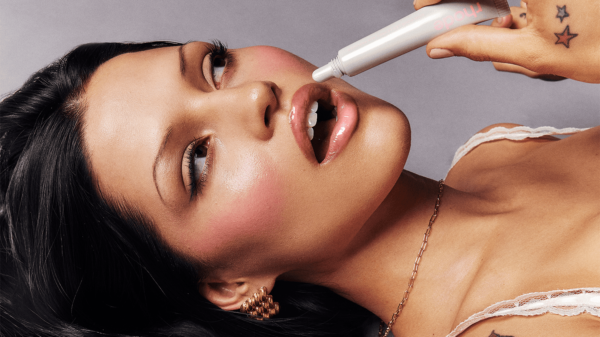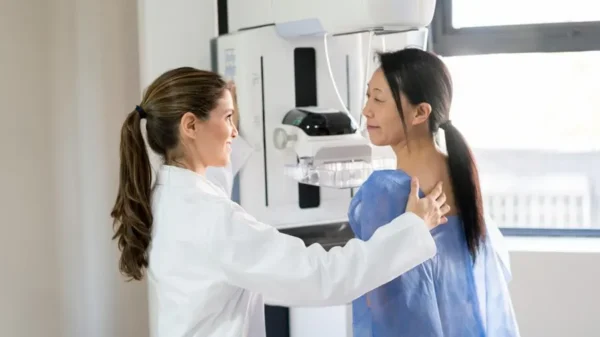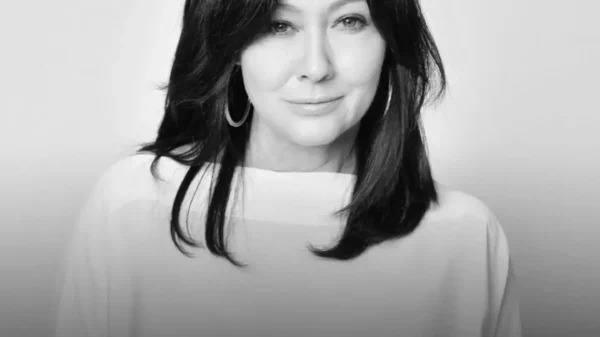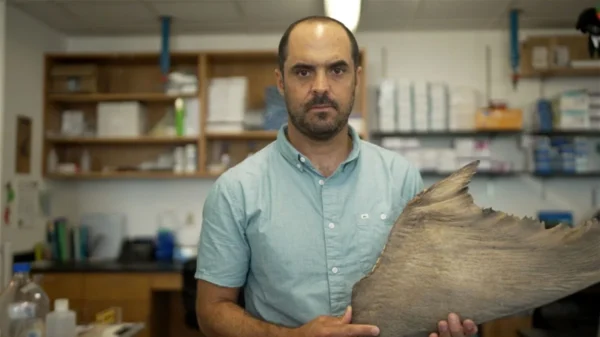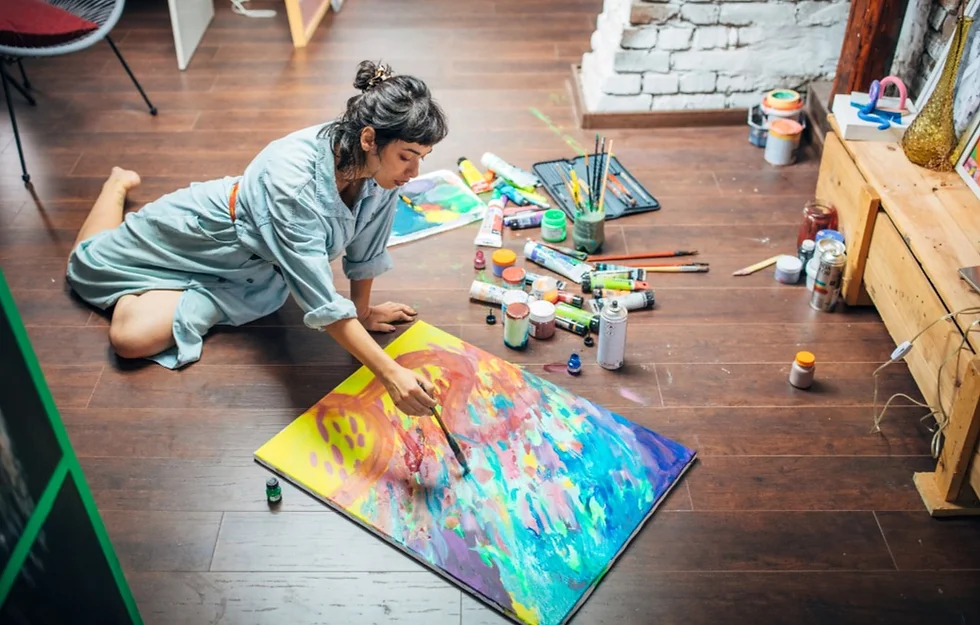Introduction: The Overlooked Health Benefits of Art
In the quest for a healthier lifestyle, the spotlight often falls on rigorous physical activities, diet regimes, and gym memberships. However, an intriguing body of research is shedding light on an unconventional yet profoundly effective avenue for health improvement—engaging with art. Most people do not typically associate activities like painting, poetry, or even visiting museums with tangible health benefits. Yet, emerging studies reveal that these artistic endeavors can significantly enhance our well-being.
Engaging with art is not merely an act of leisure; it can be a transformative experience that impacts our biology in astonishing ways. Whether through the meditative process of coloring, the emotional catharsis of writing poetry, or the intellectual stimulation of exploring a museum, art has the potential to improve mental health, reduce stress, and even extend our lifespan. The traditional perception of art’s role in health is evolving as we begin to understand its profound effects on both mind and body.
New research suggests that regular engagement with artistic activities can potentially extend our lives by up to 10 years. The mechanisms behind these benefits are multifaceted. For instance, the act of creating art can induce a state of flow, characterized by deep focus and immersion, which is known to lower cortisol levels and reduce anxiety. Furthermore, art can enhance cognitive functions and foster social connections, both critical factors in maintaining overall health and longevity.
As we delve deeper into this blog post, we will explore the various ways that art can serve as a powerful tool for health improvement. From the psychological benefits of creative expression to the physiological changes induced by artistic engagement, we aim to uncover how art can be an essential component of a holistic approach to wellness. By understanding and embracing these overlooked health benefits, we can unlock new pathways to a healthier and potentially longer life.
The Science Behind Art and Brain Rewiring
The intersection of art and neuroscience has yielded fascinating insights into how engaging in artistic activities can rewire the brain and improve overall health. Scientific studies have revealed that both creating and observing art can stimulate the release of neurochemicals, hormones, and endorphins, all of which contribute to enhanced mental and physical well-being.
One notable study conducted by the American Journal of Public Health reviewed over 100 studies connecting the arts to health outcomes. The findings indicated that artistic engagement, whether through painting, sculpture, music, or dance, can trigger the release of dopamine, a neurotransmitter associated with pleasure and reward. This release of dopamine can help to alleviate symptoms of depression and anxiety, fostering a sense of happiness and emotional balance.
Moreover, creating art has been shown to reduce levels of the stress hormone cortisol. For instance, a study from Drexel University found that participants who engaged in 45 minutes of art-making experienced significant drops in cortisol levels, suggesting that artistic activities can serve as a powerful stress-reliever. This reduction in stress not only promotes mental health but also has beneficial effects on physical health, such as lowering blood pressure and improving immune function.
Endorphins, the body’s natural painkillers, are also released during art-related activities. Engaging in activities like dancing or playing a musical instrument can lead to the production of these endorphins, providing a natural way to manage pain and enhance mood. These neurochemical changes support brain plasticity, allowing the brain to reorganize itself by forming new neural connections, which is particularly beneficial for cognitive functions and memory retention.
Specific art activities have been shown to have unique impacts on brain health. For example, engaging in music therapy has been found to improve cognitive function and emotional well-being in individuals with neurological disorders like Alzheimer’s disease. Similarly, visual arts therapy has been used effectively to improve emotional resilience and cognitive skills in children and adults alike.
The evidence is clear: the benefits of art extend far beyond mere enjoyment. By integrating artistic activities into our daily lives, we can harness the power of neurochemicals, hormones, and endorphins to foster a healthier, more balanced existence.
Art as a Stress Reliever and Mood Enhancer
Art has long been recognized for its therapeutic properties, particularly in the context of stress relief and mood enhancement. Engaging in creative activities, whether through creating or viewing art, can significantly lower cortisol levels, the hormone associated with stress. This process promotes a state of relaxation, serving as an effective countermeasure to the pressures of daily life. Numerous studies have substantiated these claims, illustrating how art can rival traditional stress-relief methods in efficacy.
One such study published in the Journal of Psychosomatic Medicine found that participants who engaged in artistic activities experienced a notable reduction in stress indicators, including lower cortisol levels, compared to those who did not. Another research piece in the Art Therapy Journal revealed that creating art could enhance mood and reduce symptoms of anxiety and depression, showcasing its potential as a viable alternative to conventional therapeutic approaches.
Personal anecdotes further corroborate these findings. Jane, a 45-year-old marketing executive, shares how her evening painting sessions have transformed her life. “After a stressful day at work, painting allows me to disconnect and find peace. It’s like a mental escape that soothes my mind and uplifts my spirits,” she explains. Similarly, Tom, a college student, describes how attending art galleries has become his go-to stress-relief activity. “The serene environment and the beauty of the artworks help me unwind and gain a new perspective on my worries,” he notes.
Incorporating art into one’s routine does not necessitate significant time or resources. Simple practices like doodling, coloring, or visiting a local gallery can offer substantial emotional benefits. By making art a regular part of your life, you can cultivate an emotional sanctuary that promotes well-being and resilience against stress. Art offers a unique, accessible, and effective way to enhance mood and manage stress, proving that sometimes, the best remedies are those that engage our creative spirit.
Practical Tips for Incorporating Art into Your Life
Incorporating art into your daily or monthly routines can significantly enhance your well-being without demanding substantial time or financial investment. Exploring various forms of art, from visual arts to literary creations, can be a rewarding journey that fosters creativity and relaxation. Here are some practical tips to help you get started:
Join a Local Art Class: Many community centers and local organizations offer affordable art classes that cater to different skill levels. Whether you are interested in painting, sculpture, or photography, these classes provide a structured environment to learn and practice. Additionally, they offer a social aspect, allowing you to connect with like-minded individuals.
Visit Museums and Art Galleries: Make it a habit to explore museums and art galleries in your area. These venues often host a variety of exhibitions, providing inspiration and exposure to different art styles and historical contexts. Many museums also offer free admission on certain days or discounted rates, making it accessible for everyone.
Start a Coloring Book: Adult coloring books have gained popularity as a simple yet effective way to relax and de-stress. Coloring is a meditative activity that can help you focus and unwind. It requires minimal supplies and can be done anywhere, making it a convenient option for busy individuals.
Write Poetry or Journal: Engaging in literary arts such as poetry or journaling can be a powerful means of self-expression. Set aside a few minutes each day to write down your thoughts, feelings, or observations. This practice not only stimulates creativity but also promotes mental clarity and emotional well-being.
Consistency is key when integrating art into your life. Start small and gradually increase the time you dedicate to these activities. Experiment with different forms of art to discover what resonates with you the most. Remember, the goal is to enjoy the process rather than achieve perfection. By making art a regular part of your routine, you can unlock its numerous health benefits and enrich your life in meaningful ways.









